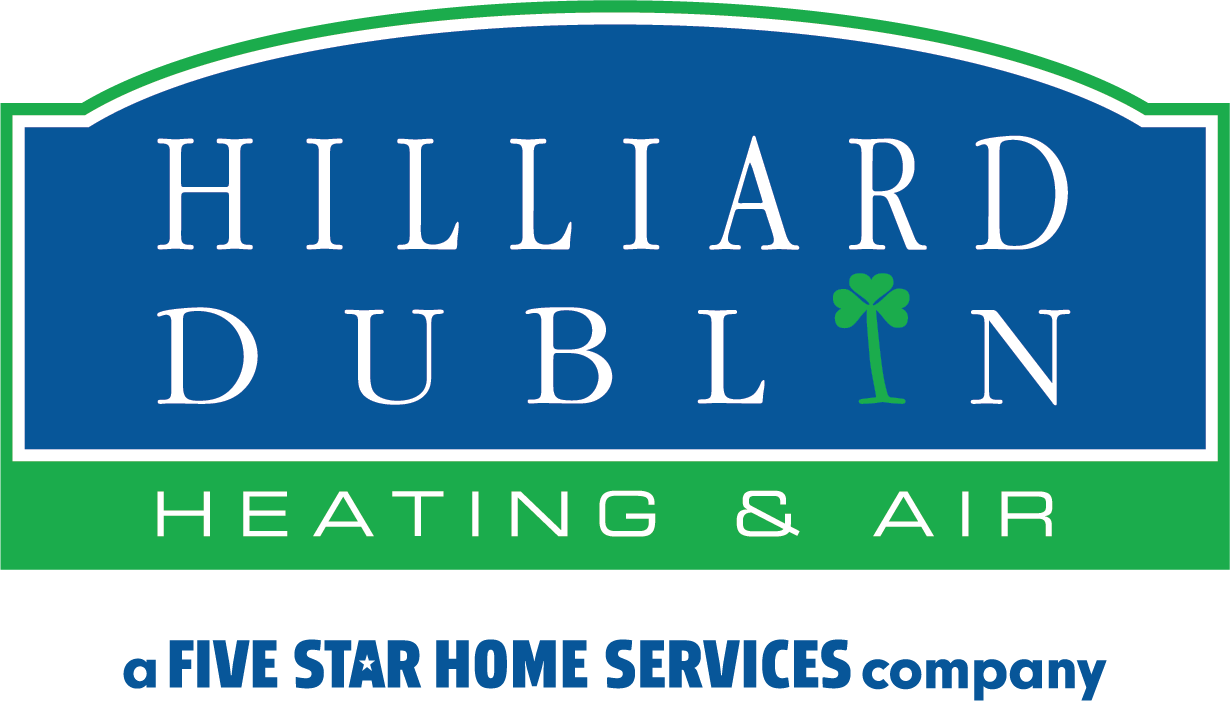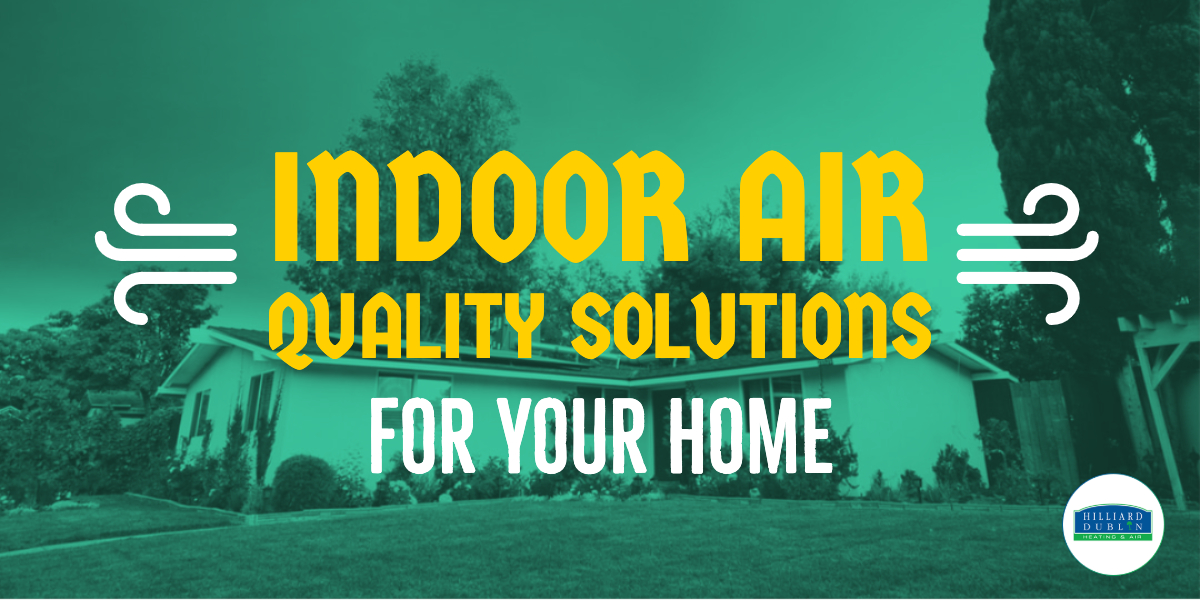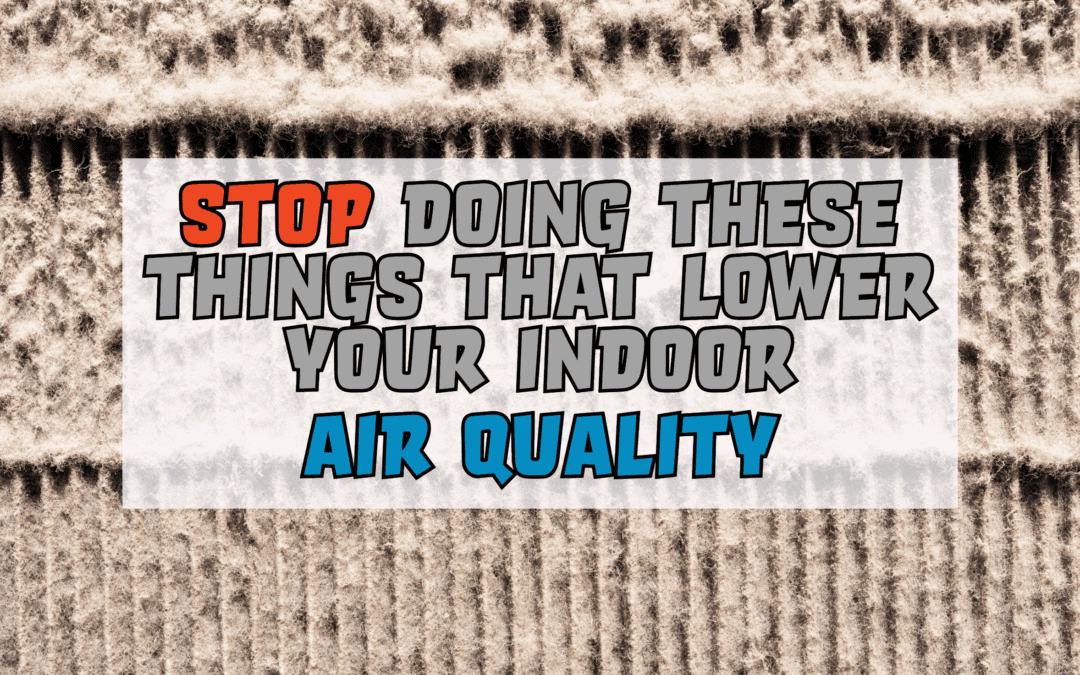People tend to consider air pollution as something outdoors — the ozone, smog, or that haze hovering in the air, particularly in summer. But the fact is, the air inside homes, offices, and other buildings is usually far more polluted than the air outside. While it’s not likely to reduce all the allergens inside your home, you can diminish the number — and your vulnerability to them — by making some easy adjustments.
We at Hilliard-Dublin Heating & Air offer some tactics you can use to enhance air quality inside your home and conceivably improve your allergy symptoms.
KEEP YOUR HOME CLEAN
A tidy house makes for a healthier home because good indoor cleanliness can significantly cut down on dust and animal dander, experts say. Your sanitation efforts should focus on strategies to reduce the accumulation of pet dander, mold, and dust lurking in your home.
SUCK IT UP
Use a vacuum cleaner on your rugs and carpets at least one or two times per week. Make sure it’s equipped with a HEPA filter. Also, going with hard-surface flooring rather than wall-to-wall carpeting should cut down on allergens in your house.
CLEAN ITEMS THAT ATTRACT ALLERGENS
Routinely cleaning bedcovers, drapes, and other things that draw allergens—especially if you have pets—will help. Experts advise washing in water that is at a minimum of 130° F. Also, contemplate using dust mite–proof pillow covers, in addition to mattresses and box springs, whenever possible. Finally, remove clutter that traps and holds dust that can lead to a reaction.
KEEP THE PLANTS OUTSIDE
Plants can be beautiful indoors, but they can also cause accumulation and promote the growth of mold. Experts suggest that if indoor allergens are an issue, you should avoid having plants inside. While some people say plants assist in improving indoor air quality by releasing oxygen, there’s no denying they are still allergy triggers for many people. In other words, they cause more difficulties than they benefit.
REPLACE YOUR AIR FILTERS
If you own a forced-air heating system, be sure to replace the filters frequently. Electrostatic filters can help guarantee that dust and other airborne nuisances get caught instead of being recirculated throughout your residence. Also, think about having your ducts vacuumed to clear out dust trapped in it. While this might not always be advisable, it assists in some cases. The Environmental Protection Agency advises homeowners on making this determination at https://www.health.harvard.edu/iaq.
LOOK INTO AN AIR PURIFIER
If you have allergies to indoor contaminants and can’t manage the source of the dilemma — for instance, you’re opposed to giving up that beloved four-legged household pet — it might help to utilize an indoor air purifier. Located in the most regularly used spaces of the house, these devices, mainly ionic purifiers, can help arrest some of the irritants that might be causing your symptoms. You probably won’t be able to eradicate these allergens, but you can cut them down, which should help the issue moving forward.
THINK ABOUT DEHUMIDIFIERS
Contemplate a dehumidifier in moist areas, such as the basement, to help stop the growth of mold. Guarantee that bathrooms, another possible source of mold, are ventilated as well and wash off any noticeable mold that accumulates in the shower, on walls or fixtures.
LET SOME FRESH AIR IN
Even in the colder months, believe it or not, it can be ok to open windows here and there briefly to permit fresh air to flow into the home. Plus, remove possible air contaminants by utilizing fans in the kitchen to eliminate cooking fumes.
TAKE OFF YOUR SHOES
Because no one knows what’s on the underside of your shoes, be certain everyone coming in takes off their shoes. Invest in a shoe rack, or a boot tray to gather dirt, pesticides, and additional pollutants from sneaking their way into your home.
CHECK YOUR FURNITURE
Did you know that some of your furniture could be manufactured with toxic adhesives that can include dangerous chemicals? On top of that, finishing products like lacquers and varnishes could cause difficulties with some people with allergies and asthma. Stay clear of furniture produced with woods that have been treated with the chemical formaldehyde and assembled with toxic glues.
For more information, or to schedule a much-needed tune-up, call Hilliard-Dublin Heating & Air today at 614-490-7520, or schedule an appointment now at www.hilliarddublinheatingandair.com/schedule-now/.






